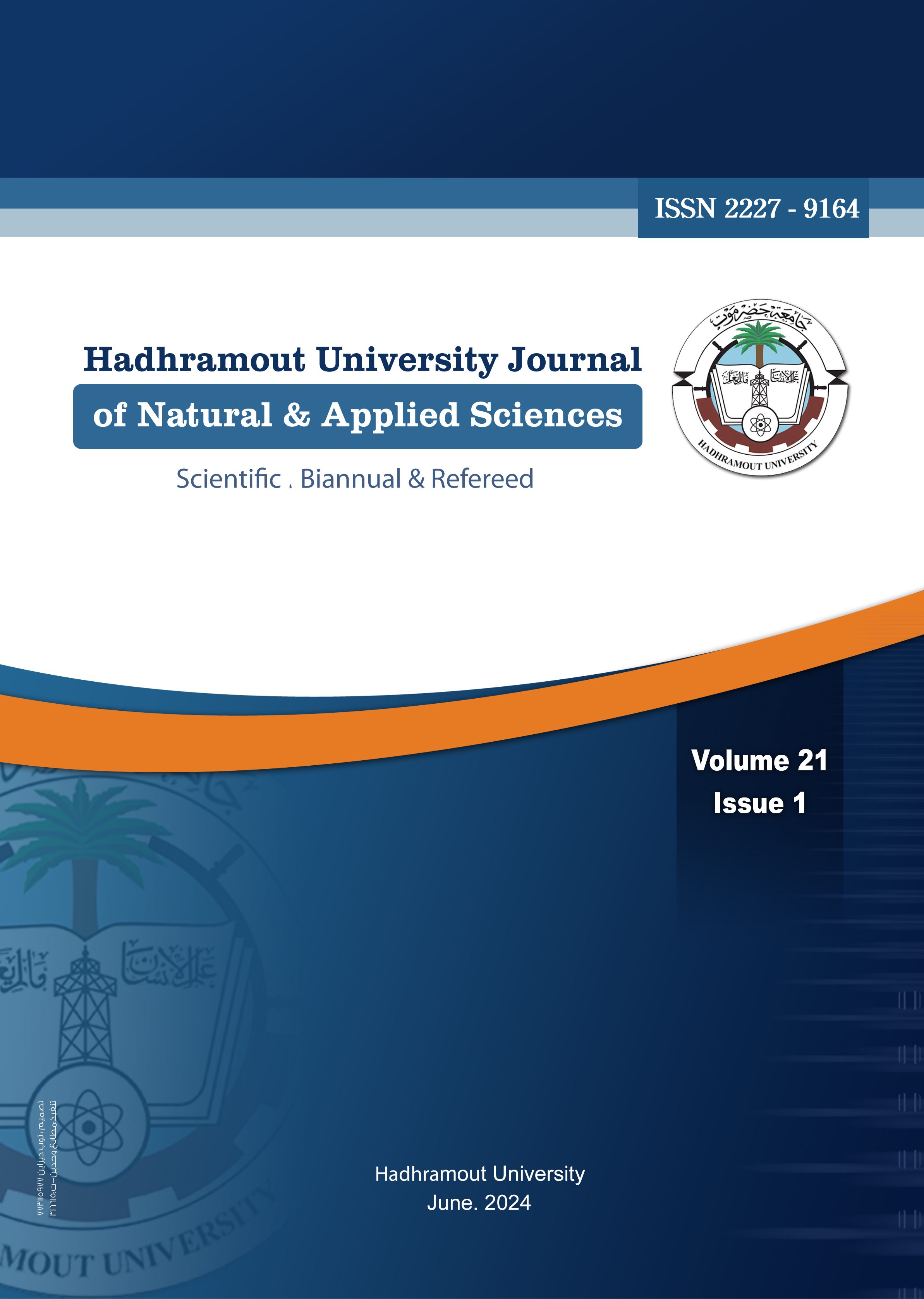Three Different Analytical Techniques for Measuring Serum Sodium as Well as Potassium Levels in Yemeni Patients with Kidney Disease: A Comparative Study
Keywords:
Spectroscopy, metals, ion selective electrode, flame photometer, lipidsAbstract
The current study used three distinct laboratory methods to determine serum sodium and potassium
values among Yemeni patients with renal disease: an ion-selective electrode, a flame photometer, and a
spectrophotometer. Between January 1 and 30, 2021, 70 renal patients aged 20 to 70 were selected at the Health of
the Public Labs National Center. The data were analyzed with SPSS 25. Mean serum sodium concentrations
differed significantly between analytical techniques (ion-selective electrode: 134.63±3.008 mEq/L, flame
photometer: 136.86±3.432 mEq/L, and spectrophotometer: 139.23±3.519 mEq/L; P≤0.0001). Significant
differences were found in mean serum potassium concentration (5.190±0.8866) mEq/L, (5.037±0.6836) mEq/L, and
(4.521±0.7028) mEq/L assessed by ISE, flame photometer, and spectrophotometer, respectively (P≤0.0001). The
sodium and potassium values determined using all methods fell between the upper and lower limits with a 95%
confidence interval and a 95% limit of agreement. Additionally, a strong correlation was observed using correlation
coefficient analysis between ISE, flame photometry, and spectrophotometry methods for serum sodium and
potassium concentration results.




